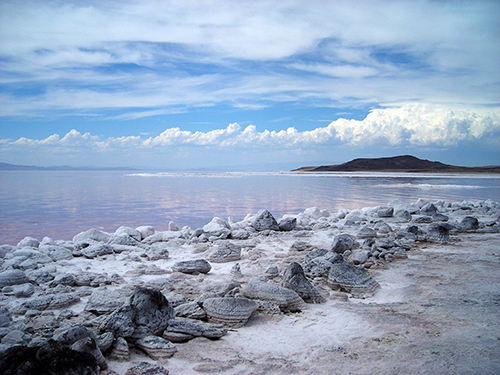The truth is this: I am flooded by the past, overrun. Unlike Aby Warburg (whom I wrote about in my last post), I may or may not be convinced that objects from ancient Greece contain a charge of actual energy from that time period, but I have talismans that stay with me—rocks from the Utah desert, a bird’s nest or two, scraps of poems from high school.
I do not believe I am an exception to the rule, but rather, the norm. It might be that society puts such value on mythic forward-thinkers like Prometheus because we find ourselves drowning, daily, in a sea of objects, traces, imprints, and impressions of what came before. I run my eyes over an old friend’s face and see nothing but our current moment; I blink, look again, and pull forth three separate memories involving he and I and a warm, Portland kitchen in a house we used to share.
Perhaps what Plato wrote is correct, and figures who live in this collapsed present (like Epimetheus) bring only mischief, but I prefer to allow for it—for the flood, the disintegration of firm boundaries, the conflation of present and past. I come back again to the idea of hindsight as a place, a viewing point atop a rifle. An art museum can be this kind of place, a controlled vantage point from which to view versions of the past. But art is best when it gives away this control; when it keeps the floodgates open.
Six years ago this summer, I had the opportunity to visit Robert Smithson’s Spiral Jetty. My approach via the long dirt road was almost exactly the same as what Smithson depicts in his film: the loud noise of a metal carriage on a washboard road, the horizon line of the Wasatch Range, the dust pouring out from behind me. The actual size of the Jetty was smaller than I’d anticipated, but the shock value of the colors more than made up for this: the sky was blue, the lake was pink, the Jetty was…bright, bright white, encrusted by salt after being submerged for thirty-plus years.
I walked into the center of the Jetty feeling calmed by the vibrant colors and the quiet of the desert. Smithson wrote that “to be in the scale of the Jetty is to be out of it,” meaning that if you are walking on the Jetty, you fail to be able to see it. This is not actually the case; it’s a fairly small sculpture, and you can see each of the concentric rings from the center. But read another way, Smithson could easily be talking about time, and to stand in the center of the Jetty, on the edge of the Great Salt Lake, is to feel the weight of time. I can still feel the water lapping at my toes.
This post concludes Danielle Sommer’s one-month residency on the Art21 Blog.





